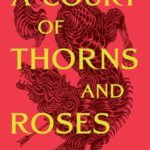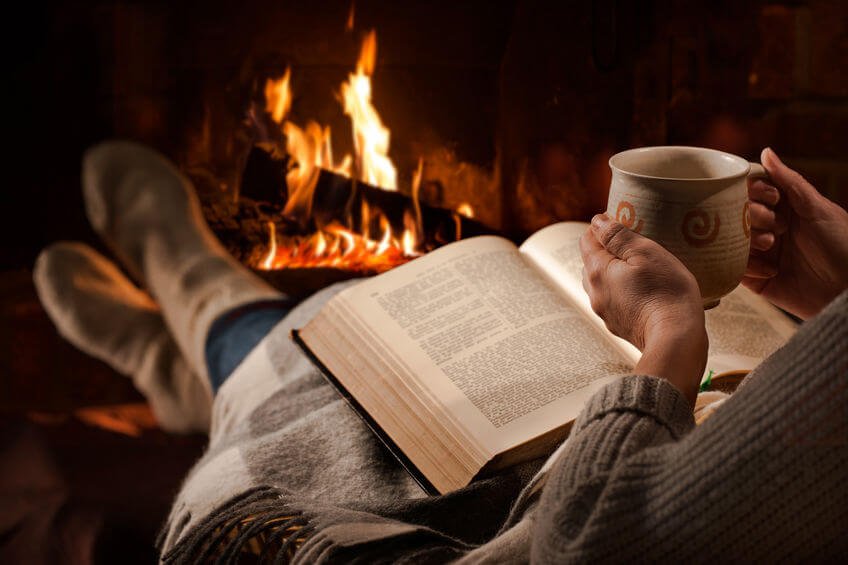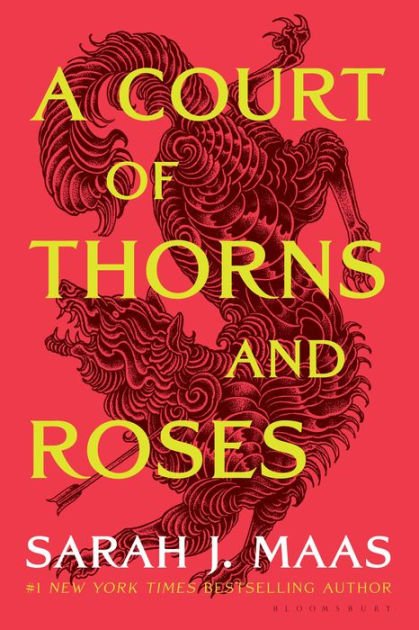What are the Most Popular Tropes in Dark Romance?
What is Dark Romance?
Dark romance can be defined as a subgenre of romance literature that delves into themes of danger, passion, and unconventional relationships. Unlike traditional romance novels, dark romance often explores the darker aspects of human nature and features morally ambiguous characters. It portrays relationships that are socially or morally prohibited, adding an element of risk and excitement to the story. Forbidden love and the exploration of complex relationships are key elements that set dark romance apart from other genres.
Dark romance challenges societal norms and explores the complexities of human connection. It pushes the boundaries of what is considered acceptable in a romantic relationship and delves into the gray areas of morality. Dark romance novels often feature flawed characters who struggle with their own demons and past traumas. These characters are not always conventionally “good” or “heroic,” but they are compelling and multi-dimensional.
Common Themes and Tropes in Dark Romance
Dark romance novels often employ a variety of themes and tropes that add depth and complexity to the narrative. Some of the most popular tropes found in dark romance include:
- Enemies to lovers: This trope portrays protagonists who start off as adversaries but gradually develop a passionate and intense romantic relationship. The initial conflict and tension between the characters heighten the emotional stakes and create a captivating dynamic.
For example, in the novel “The Hating Game” by Sally Thorne, the main characters Lucy and Joshua work in the same office and constantly clash with each other. They play games and engage in witty banter, but underneath their animosity, there is an undeniable attraction. As the story progresses, their feelings deepen, and they have to confront their own prejudices and insecurities to be together.
- Forbidden love: This trope explores relationships that are socially or morally prohibited, adding an element of risk and excitement. The forbidden nature of the love interest intensifies the emotional connection between the characters and creates a sense of urgency and longing.
In the novel “Forbidden” by Tabitha Suzuma, the story revolves around Lochan and Maya, two siblings who fall in love despite the societal taboo. They struggle with their feelings and the consequences of their relationship, highlighting the intense emotional turmoil that comes with forbidden love.
- Captive romance: This trope focuses on relationships where one character is held captive or controlled by another. The power dynamics between the characters are complex and often contribute to the intense and unpredictable nature of their relationship.
An example of this trope can be found in the novel “Captive Prince” by C.S. Pacat. The story follows Damen, a prince who is captured and enslaved by his enemy, Prince Laurent. As Damen navigates the treacherous court politics, he develops a complicated relationship with Laurent that is fraught with tension, power struggles, and unexpected alliances.
- Redemption arcs: Dark romance novels may feature characters with troubled pasts or questionable actions who seek redemption through love and personal growth. These characters undergo a transformative journey and strive to overcome their demons to find happiness and redemption.
One such novel is “It Ends with Us” by Colleen Hoover. The story focuses on Lily, a young woman who falls in love with Ryle, a charismatic neurosurgeon. However, Ryle’s dark past and his struggle with anger threaten their relationship. Lily must confront her own fears and make difficult choices to break the cycle of abuse and find her own redemption.
- Beauty and the beast dynamics: This trope depicts relationships between characters with starkly contrasting personalities or appearances. The beauty and the beast dynamic explores the complexities of attraction beyond physical appearances and delves into the emotional connection between the characters.
An example of this trope can be found in the novel “A Court of Thorns and Roses” by Sarah J. Maas. The story follows Feyre, a human girl who is taken captive by Tamlin, a powerful faerie with a beastly curse. As Feyre spends time with Tamlin, she discovers that there is more to him than meets the eye, and their initial animosity turns into a deep and passionate love.
- Manipulative or possessive heroes: Protagonists with controlling or manipulative tendencies blur the line between love and obsession. These characters often struggle with their darker impulses, creating a sense of danger and unpredictability in the relationship.
In the novel “The Kiss Thief” by L.J. Shen, the protagonist Wolfe Keaton is a powerful and manipulative man who strikes a deal with the innocent and naive Francesca Rossi. As their relationship develops, Wolfe’s possessiveness and manipulative nature come to the forefront, creating a complex and intense dynamic between the two characters.
- Dark secrets and hidden pasts: Dark romance novels often involve the revelation of unsettling secrets or traumatic pasts that impact the romantic relationship. These hidden elements add depth and intrigue to the story, keeping readers engaged and invested in the outcome.
For instance, in the novel “The Girl with the Dragon Tattoo” by Stieg Larsson, the protagonist Mikael Blomkvist teams up with the enigmatic Lisbeth Salander to solve a decades-old mystery. As the investigation unfolds, dark secrets from Lisbeth’s past are revealed, adding layers of complexity to their relationship and the overall narrative.
Examples of Popular Dark Romance Novels
- “Twilight” by Stephenie Meyer: This iconic series follows the forbidden romance between a teenage girl and a vampire, navigating the complexities of their unconventional love.
- “Fifty Shades of Grey” by E.L. James: This bestselling novel explores the passionate and unconventional relationship between a college graduate and a wealthy businessman, delving into themes of dominance and submission.
- “Dark Lover” by J.R. Ward: As the first book in the Black Dagger Brotherhood series, this dark romance novel features a captivating romance between a vampire warrior and a human woman, combining elements of danger and desire.
- “Captive in the Dark” by C.J. Roberts: This intense dark romance novel centers around a young woman who becomes a captive to a dangerous man, exploring the complexities of power dynamics and the blurred lines of consent.
- “Wicked Lovely” by Melissa Marr: Blending fantasy and romance, this novel delves into the relationship between a mortal girl and a faery king, exploring themes of forbidden love and the clash between two worlds.
These examples showcase the diverse range of dark romance novels, from paranormal romance to captive romances. Each novel explores different tropes and themes, offering readers a variety of captivating stories to choose from.
Subgenres within Dark Romance
Dark romance encompasses various subgenres that cater to different reader preferences. Some of the popular subgenres within dark romance include:
- Paranormal dark romance: These novels incorporate supernatural elements such as vampires, werewolves, or witches into the dark romance narrative, adding an extra layer of intrigue and fantasy.
An example of paranormal dark romance is the “Black Dagger Brotherhood” series by J.R. Ward. The series follows a group of vampire warriors as they navigate dangerous and passionate relationships with human women.
- Mafia romance: Set in the world of organized crime, mafia romance novels often feature forbidden love between a member of the mafia and an outsider, exploring themes of danger, loyalty, and sacrifice.
A popular example of mafia romance is the “Made Men” series by Sarah Brianne. The series revolves around the forbidden romance between a mafia prince and an innocent college student, showcasing the dangerous and alluring world of the mafia.
- Gothic romance: Gothic dark romance novels focus on atmospheric settings, mystery, and elements of horror or the supernatural. These novels often include haunted mansions, eerie landscapes, and brooding protagonists.
An example of gothic dark romance is the “Jane Eyre” by Charlotte Brontë. The novel follows the romance between Jane Eyre, a governess with a dark past, and Mr. Rochester, a brooding and mysterious man with a haunted mansion.
- Psychological thriller romance: This subgenre combines dark romance with elements of psychological suspense. These novels delve into the darker aspects of the human psyche, exploring themes of obsession, manipulation, and psychological games.
An example of psychological thriller romance is the “You” series by Caroline Kepnes. The series follows the twisted and obsessive romance between Joe Goldberg, a charming but dangerous man, and Beck, a struggling writer.
- Historical dark romance: Set in historical periods, these dark romance novels feature forbidden or unconventional relationships against the backdrop of a specific era. This subgenre adds an extra layer of complexity by exploring the societal constraints and norms of the time.
An example of historical dark romance is the “Outlander” series by Diana Gabaldon. The series follows the time-traveling romance between Claire Randall, a World War II nurse, and Jamie Fraser, a Scottish Highlander in the 18th century.
These subgenres offer readers a chance to explore different settings, themes, and dynamics within the dark romance genre. Each subgenre brings its own unique elements and tropes, catering to various reader preferences.
The Appeal and Popularity of Dark Romance
Dark romance has gained significant popularity among readers for several reasons:
- Escapism: Dark romance provides readers with an opportunity to escape into a thrilling and intense narrative. The emotionally charged nature of these stories allows readers to experience a range of intense emotions vicariously.
- Exploration of complex emotions: Dark romance delves into taboo subjects and explores complex emotions such as desire, obsession, and redemption. This offers readers a cathartic experience, allowing them to explore their own emotions and fantasies in a safe space.
- Morally ambiguous characters and forbidden love: The allure of morally ambiguous characters and the forbidden love trope adds an element of excitement and unpredictability to dark romance. These elements create tension and keep readers engaged throughout the story.
- Safe exploration of desires: Dark romance provides readers with a safe space to explore their fantasies and desires. The genre allows for the exploration of unconventional relationships and the complexities of human connection without judgment.
Dark romance offers readers an escape from reality, allowing them to explore intense emotions and complex relationships through the pages of a book. The popularity of dark romance can be attributed to its ability to provide a thrilling and emotionally charged reading experience.
Conclusion
Dark romance, with its blend of danger, passion, and unconventional relationships, offers readers intense and emotionally charged narratives that captivate and enthrall. By delving into the most popular tropes within this genre, readers can discover captivating stories that cater to their desire for thrilling and emotionally rich romance experiences. Whether it’s enemies turned lovers or the allure of forbidden love, dark romance provides an escape into a world where passion and danger collide.











